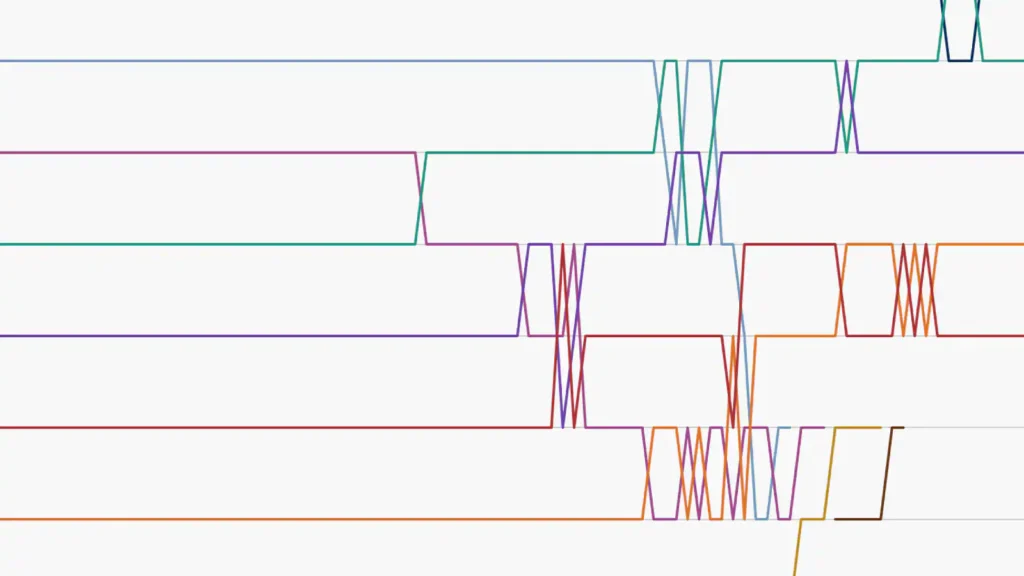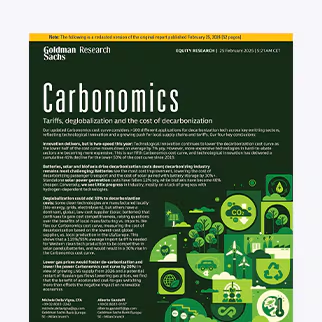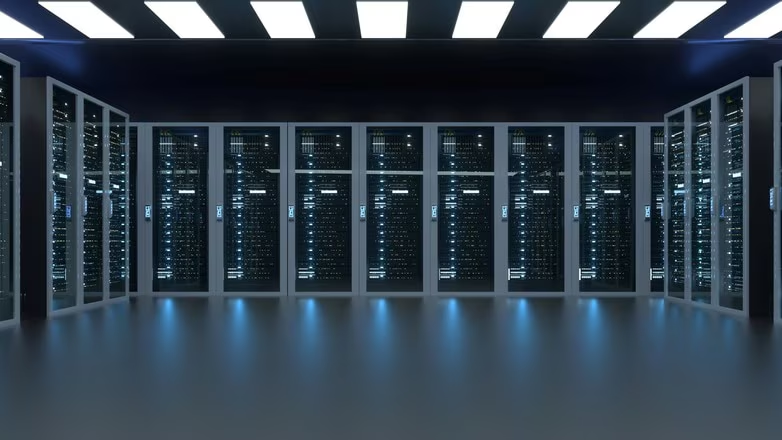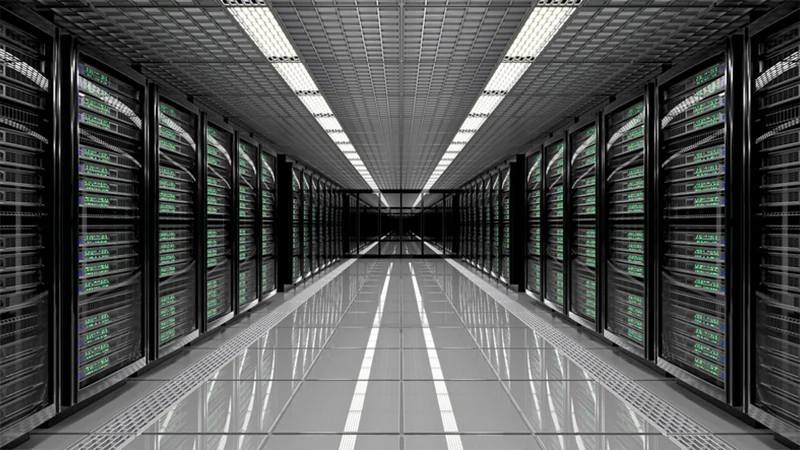How will declining immigration impact the US economy?
Immigration to the US is expected to fall from the elevated levels of the past three years, declining to a pace slightly below the pre-pandemic average, according to Goldman Sachs Research. If that occurs, the impact on the economy is likely to be limited, though more significant restrictions on immigration by the Trump administration could have larger repercussions. Net immigration is expected to slow to 750,000 per year, well below the pace of the last three years but only moderately below the normal pre-pandemic pace, Goldman Sachs Research economists Elsie Peng, David Mericle, and Alec Phillips write in the team’s report. In their baseline estimate, the GDP impact from changes in immigration is likely to be limited: The slower pace of immigration would contribute 30-40 basis points less to potential US GDP growth than the 2023-2024 pace, but it would be just 5 basis points less than the pre-pandemic pace. The team’s baseline outlook for reduced immigration is based on an expected increase in border security and other immigration control measures as well as a moderate increase in deportations. More significant measures by the Trump administration could reduce net immigration further and increase the impact on labor and the economy. What does reduced US immigration mean for the job market? The impact from reduced immigration on wage growth and inflation should be modest now that the US labor market is back in balance, according to Goldman Sachs Research. At its peak, the boost to labor force growth from immigration was 100,000 per month above the normal pre-pandemic pace. It has since fallen to 40,000 above the typical level and is predicted to return to normal by early 2026. Goldman Sachs Research has argued that the US unemployment rate would stop rising and start falling because labor demand has been healthy all along: The layoff rate remains historically low and job openings are high, and the pace of labor force growth will be more manageable now that immigration is slowing. While our economists think the natural path for the unemployment rate is a little lower — the unemployment rate has fallen slightly over the last two months to 4% — they note that the crackdown on unauthorized immigrant workers could cause more of them to end up unemployed. These dynamics might not show up in official statistics, as immigrants who are concerned about going to work might also be unwilling to respond to employment surveys. Reduced immigration will have the largest impact on agriculture and construction The US government’s changes in immigration enforcement target asylum seekers, parolees, people receiving Temporary Protected Status, and those crossing the border illegally. Reductions in numbers for this group, rather than visa recipients or green card holders, made up the sharp decline in net immigration that was evident by the end of last year. Immigrants other than visa and green card holders account for 4%-5% of the total US workforce, and they make up 15%-20% in some industries, such as crop production, food processing, and construction. “Abruptly losing a significant share of these workers could be very disruptive for many of these industries,” the team writes. There could be temporary production bottlenecks, shortages, and price increases. In the team’s baseline forecast, the 750,000 of net immigration per year represents mostly visa and green card holders. Some 500,000 deportations are expected to largely offset roughly 500,000 people entering the country as asylum seekers and people entering illegally, which is the low end of the pre-pandemic range. The administration’s immigration policies may run up against constraints, including the number of enforcement agents available and space in detention facilities. Congress is expected to allocate at least $100 billion in additional resources for law enforcement later this year, much of which will likely be used to hire more agents.
How will declining immigration impact the US economy? Read More »










